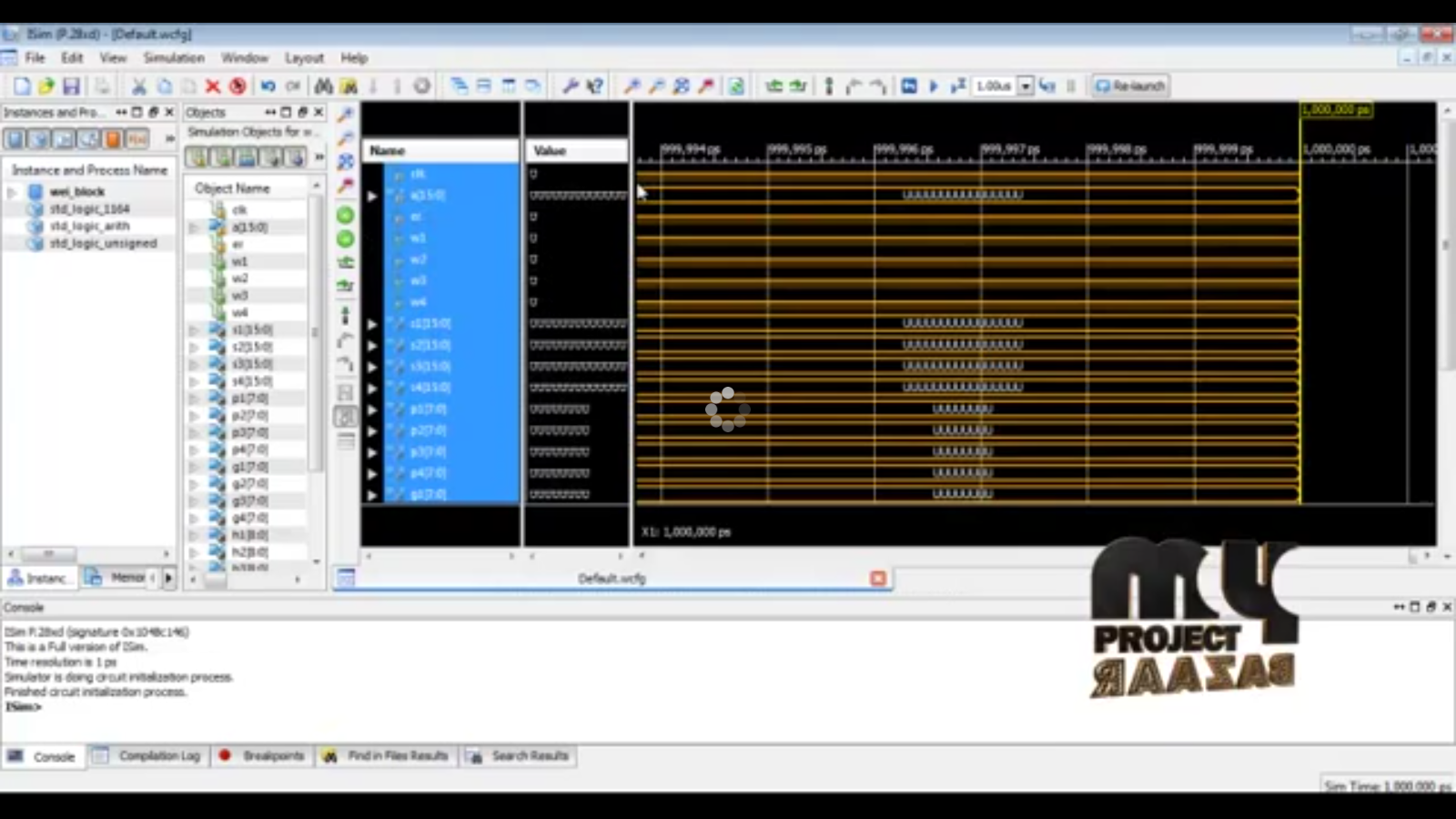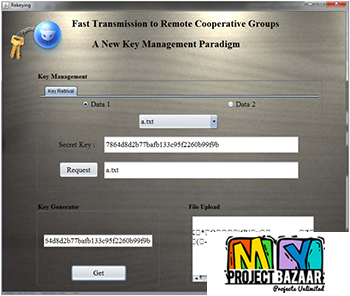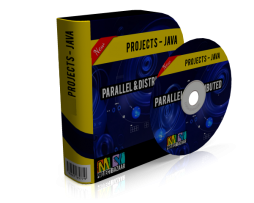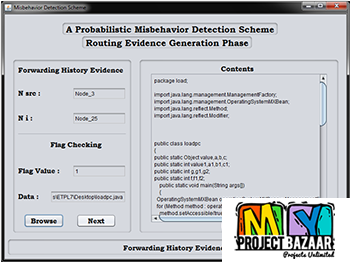
Critical-Path Analysis and Low-Complexity Implementation of the LMS Adaptive Algorithm
Product Description
Abstract—This paper presents a precise analysis of the critical path of the least-mean-square (LMS) adaptive filter for deriving its architectures for high-speed and low-complexity implementation. It is shown that the direct-form LMS adaptive filter has nearly the same critical path as its transpose-form counterpart, but provides much faster convergence and lower register complexity. From the critical-path evaluation, it is further shown that no pipelining is required for implementing a direct-form LMS adaptive filter for most practical cases, and can be realized with a very small adaptation delay in cases where a very high sampling rate is required. Based on these findings, this paper proposes three structures of the LMS adaptive filter: (i) Design 1 having no adaptation delays, (ii) Design 2 with only one adaptation delay, and (iii) Design 3 with two adaptation delays. Design 1 involves the minimum area and the minimum energy per sample (EPS). < Final Year Projects > The best of existing direct-form structures requires 80.4% more area and 41.9% more EPS compared to Design 1. Designs 2 and 3 involve slightly more EPS than the Design 1 but offer nearly twice and thrice the MUF at a cost of 55.0% and 60.6% more area, respectively.
Including Packages
Our Specialization
Support Service
Statistical Report

satisfied customers
3,589
Freelance projects
983
sales on Site
11,021
developers
175+Would you like to submit yours?


















There are no reviews yet